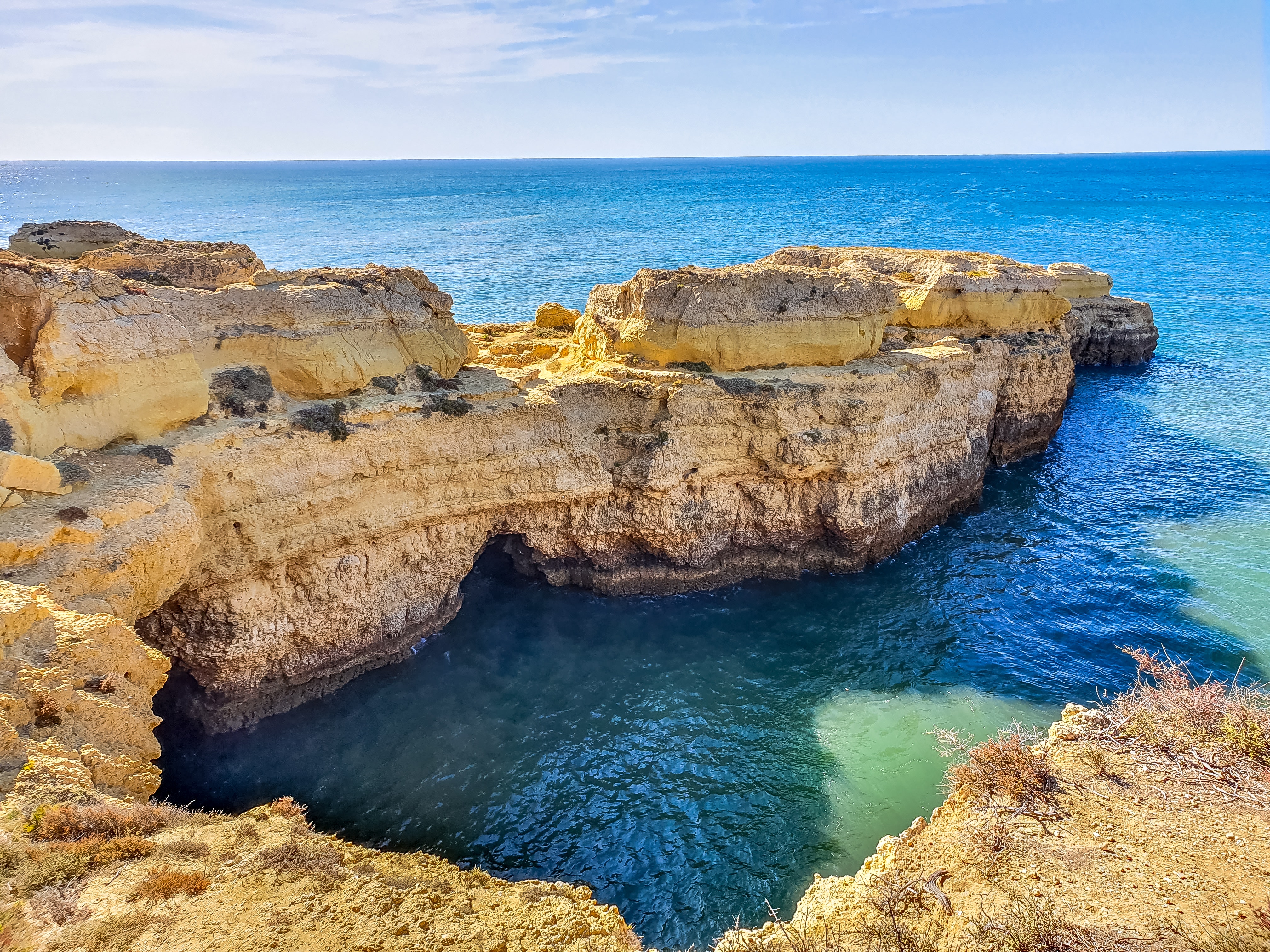Iberian Wine Myth Busting – Sulfites

Our next installment in the series “Iberian Wine Myth Busters” is on Sulfites!
I was at the airport recently, waiting in one of the never-ending lines to catch a flight from Madrid to the States when I struck up a conversation with an elderly-ish American couple on their way back from an extended holiday in Europe. They asked what I did for a living and the conversation shifted to wine. “Why is it that I can drink all the red wine I want in Europe and feel great, while in the United States red wine always gives me a headache?” asked the woman. “It must be because of all of those sulfites in American wine.” This is not the first time that this myth has been propagated by well-meaning wine drinkers and part of the reason might have to do with the fact that the United States requires a “contains sulfites” advisory to be placed on all bottles containing more than 10mg/liter of sulfites regardless of whether they are national or imported, which leads consumers to believe that only wine in the United States has sulfites. The truth of the matter is that ALL wines naturally contain sulfites. They are not only produced during fermentation, but are also typically added to BOTH European and American wines (among others) for hundreds of years.
Let’s take a closer look at what sulfites are and why they are added to wines throughout the winemaking process. Sulfites, or sulfur dioxide, is produced naturally by yeasts during winemaking, used as a preservative for many foods, and is produced by the human body in quantities of around 1000mg a day.
When added to wine, sulfur dioxide serves a variety of invaluable purposes. Before fermentation, it might be added to grapes that are harvested in imperfect condition to serve as a preservative (it is also added to dried fruits such as apricots). It is then added to the grape juice that is about to be fermented where it serves a variety of purposes: it naturally helps to select the good yeasts for fermentation, to trigger fermentation itself, and to also slow fermentation down enough so that the grape’s aromas are not lost – which typically happens if fermentation takes place too quickly. Sulfur dioxide also serves as an antiseptic and an antioxidant, essentially helping to keep the wine “clean” of bacteria and preserve it from the aging effects of oxygen. It is generally repeatedly added to the wine in small amounts during the wine making process and is used in larger amounts in delicate and aromatic white wines or in sweet or semi-sweet wines where the higher quantities of residual sugar make the wines more attractive to bacteria and other problems.
Now that we have established the fact that sulfites are added to almost all wines, we can acknowledge that there IS some room for discrepancies between wines produced on the two continents. One of the possible explanations for why American wine drinkers might think that European wines do not cause headaches might be found in the fact that European Union regulations allow for only 160mg/liter of sulfites in red wines and 210 mg/liter in white wines and rosados. The United States, on the other hand, regulations limit the addition of sulfites to 350mg/liter. However, despite the fact that United States regulations allow for a larger quantity of added sulfites, one source I found alleges that both European and American wines usually contain the SAME amount of sulfites, around 80mg/liter. Something that should be pointed out is that in general, the better the grapes are cared for in the vineyard, the better the winemaking process, the better the hygiene of the winery, the better the yeasts that are used, etc., the fewer the sulfites needed in the winemaking process. Therefore, poorer quality American wines will probably have much more sulfites than their European counterparts are permitted to contain.
Now all of this is very interesting, and you might be nodding your head thinking, “I see, that makes sense”, but actually, it doesn’t make any sense at all for the following two reasons:
- Only a minimal, minimal number of people have been documented as allergic to sulfites. One study puts the number at just .25 % of the population, and the US Food and Drug Administration (FDA) listed just 1,097 cases of sulfite reactions between 1985 and 1995 in the United States.
- According to a source at UC Davis, there is little or no medical evidence that sulfites cause headaches even in people who are allergic. Sulfite reactions are usually in the form of asthmatic responses, and again only in a very small percentage of the population.
So what do we do with this information, and why is it that we still get those pesky headaches drinking wine at home and not on vacation? I always like to point out that when you are on vacation in Europe, you are relaxed, having fun, probably drinking wine in a gorgeous 16th century plaza and not worrying about the report that you have to turn in the next day, your daughter’s report card, or whether you’re due for a teeth cleaning. Now you know that you can embrace your love of red wine and drink it on a global scale, although if you are STILL worried about sulfites, you should be aware of the fact that more of them might be lurking in that bottle of American plonk than in the jug of Spanish table wine that you drank in that charming little seaside village on the Costa Brava.
Adrienne Smith
(Coming soon, Organic Wines Fight the Sulfite Battle)
Sources:
http://waterhouse.ucdavis.edu/winecomp/so2.htm
http://www.bcawa.ca/winemaking/so2use.htm
Ryan’s/Editor’s Note: When I sold wine in the states, I often told customers about the Histamine problem with Redwines. Often I suggested people with this problem try to take an anti-histamine before drinking and see if it helped. For many people it did (not all) and I even had one lady almost in tears tell me that I saved her. She missed red wine and now she could drink it again without the headaches.
One other thing I want to point out. There is no difference in the wine produced here and the wine sent to the rest of the world. The only difference is in the case of certain importers like Eric Solomon, who at times will do a special blend from specific barrels for themselves. The sulfites are the same though and usually, as Adrienne said, at miniscule levels.







